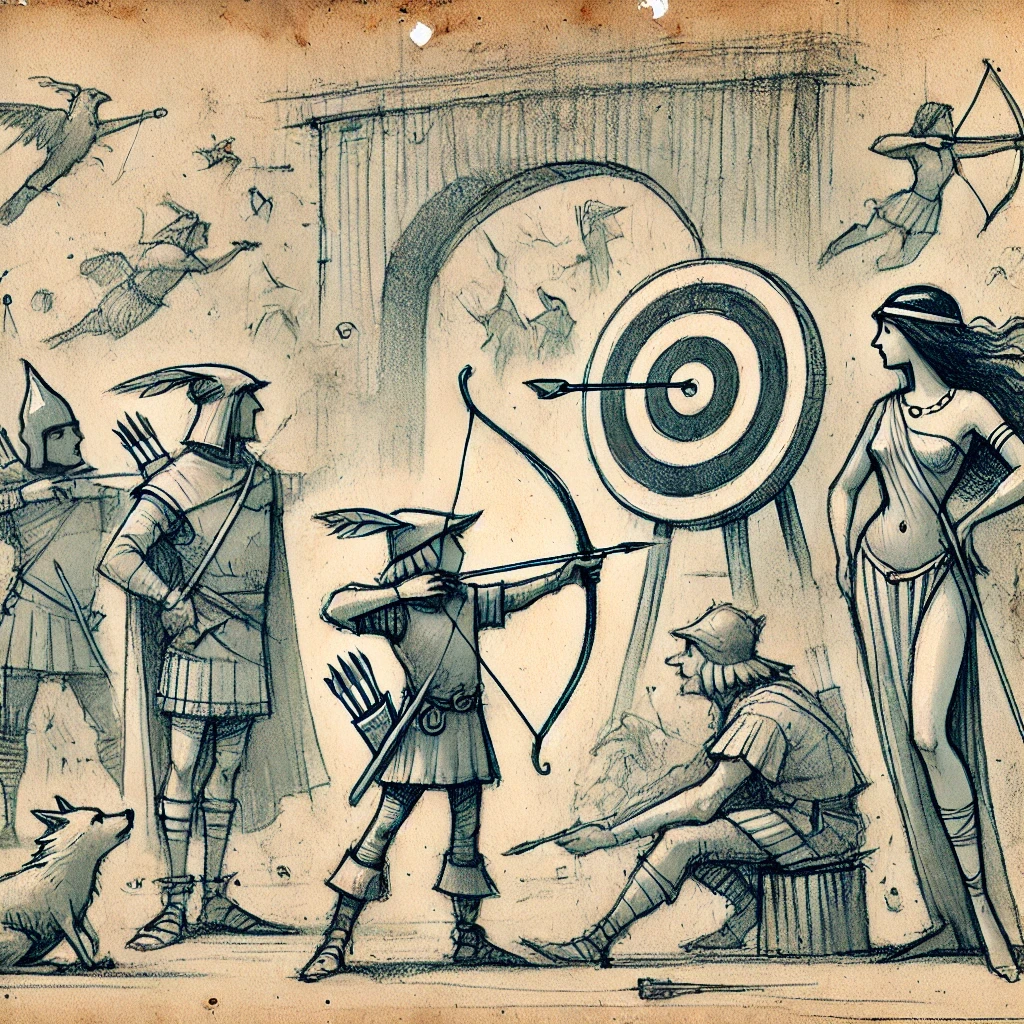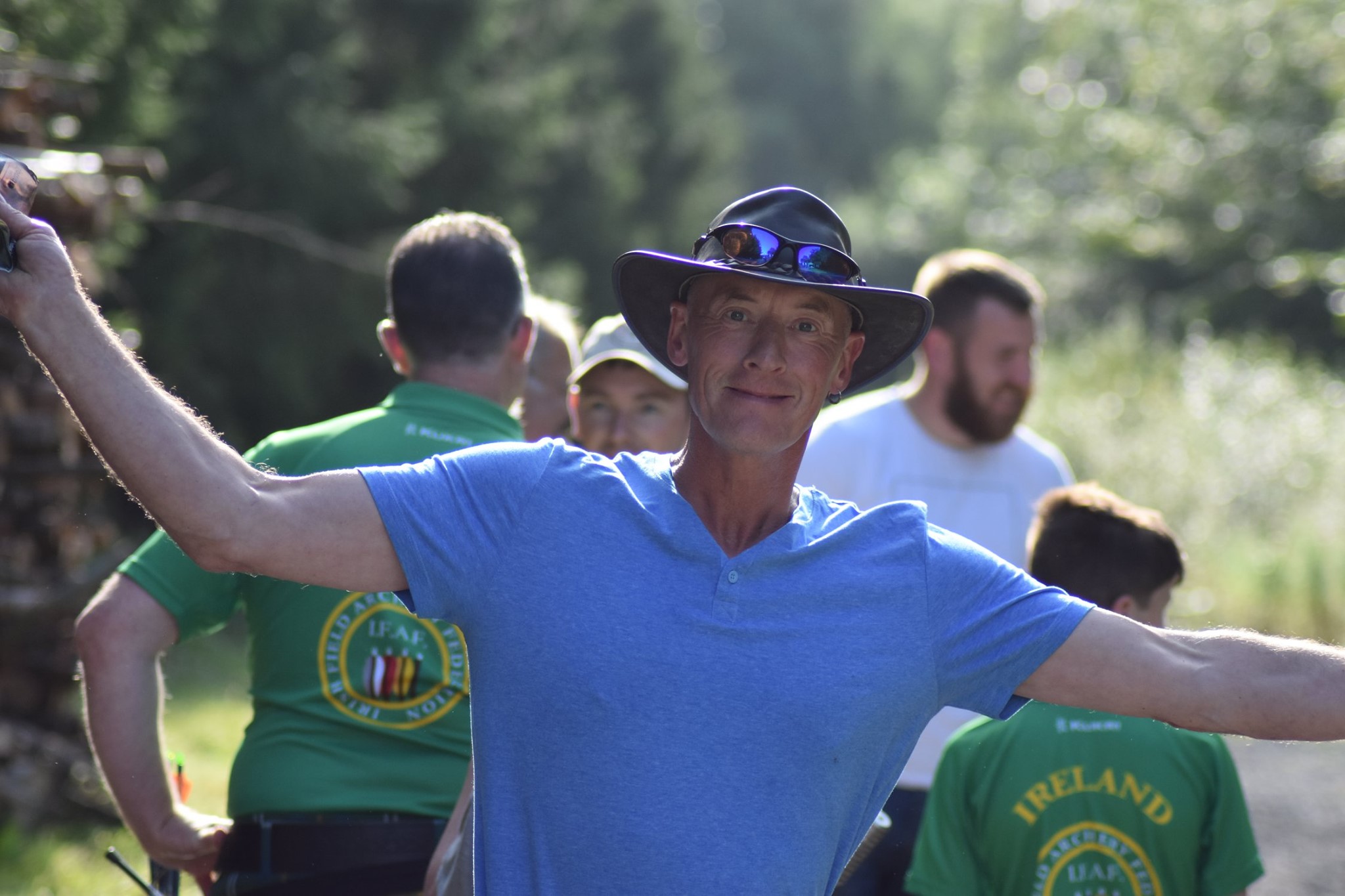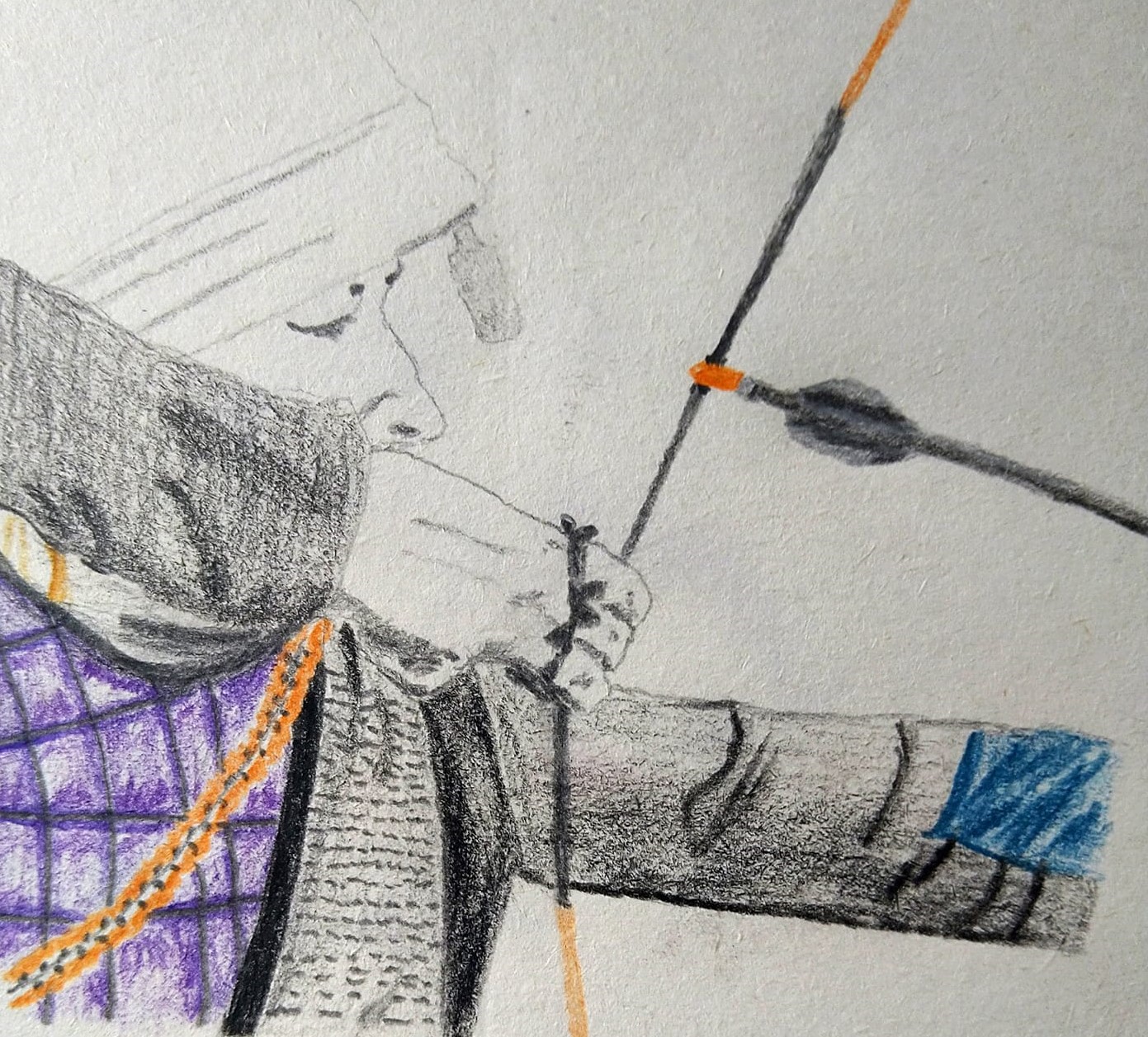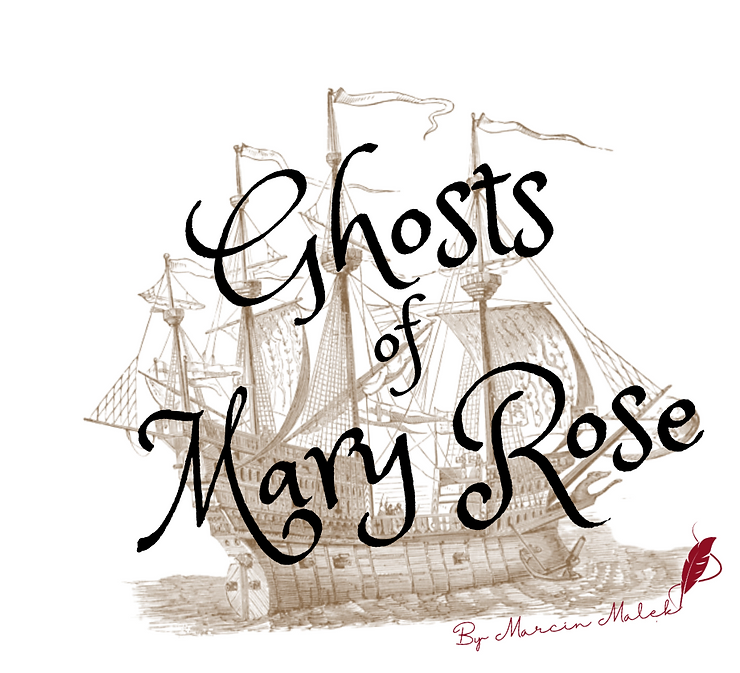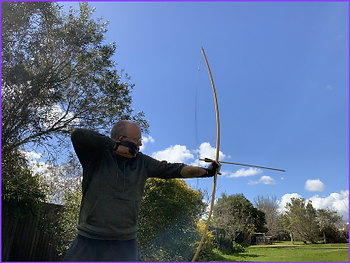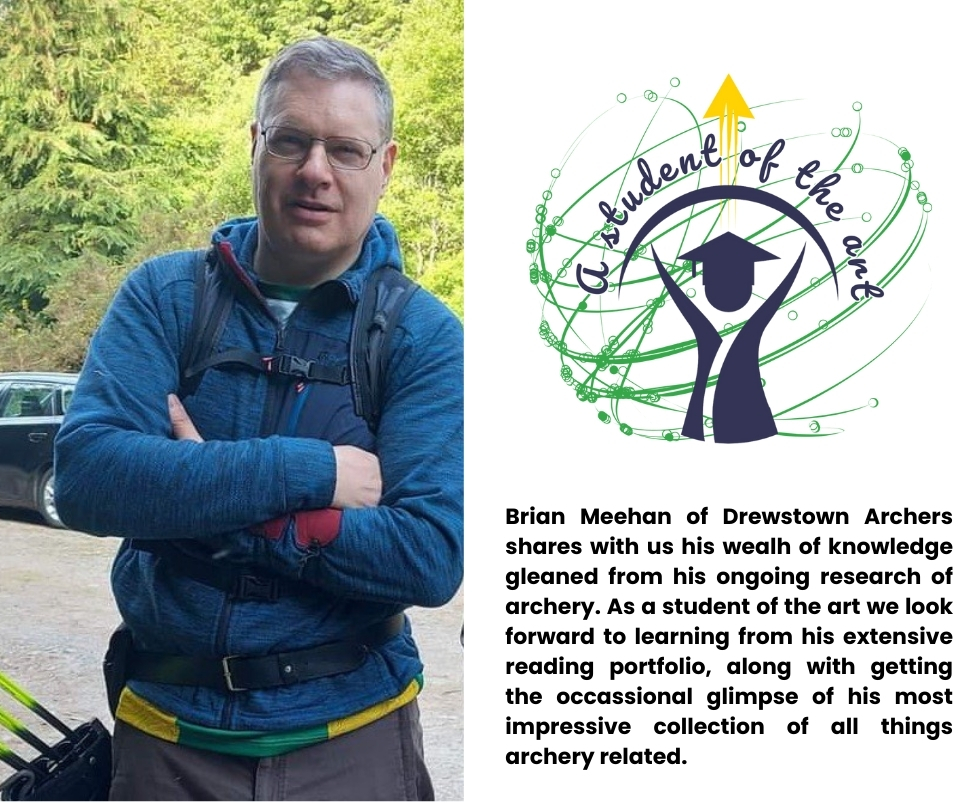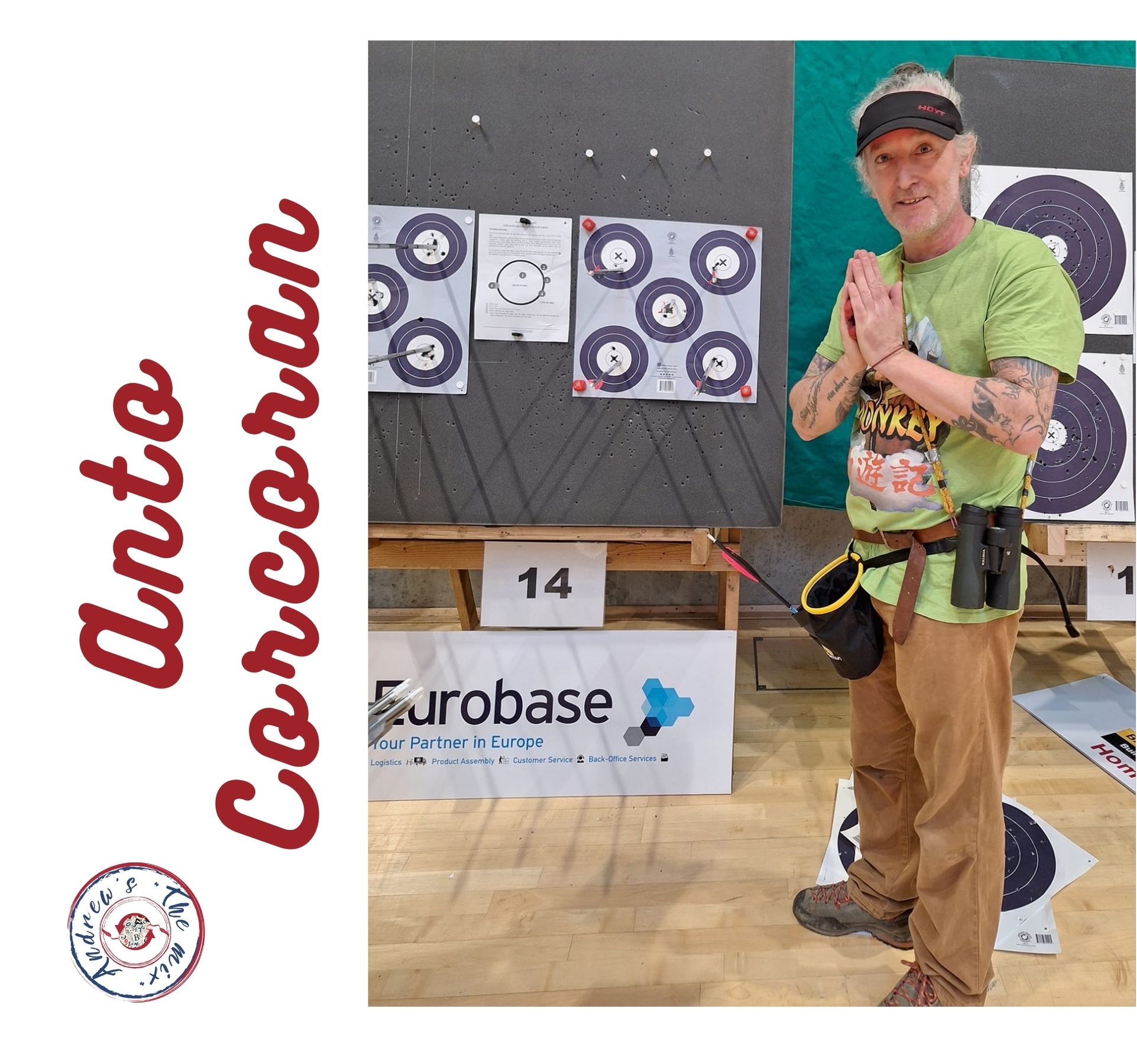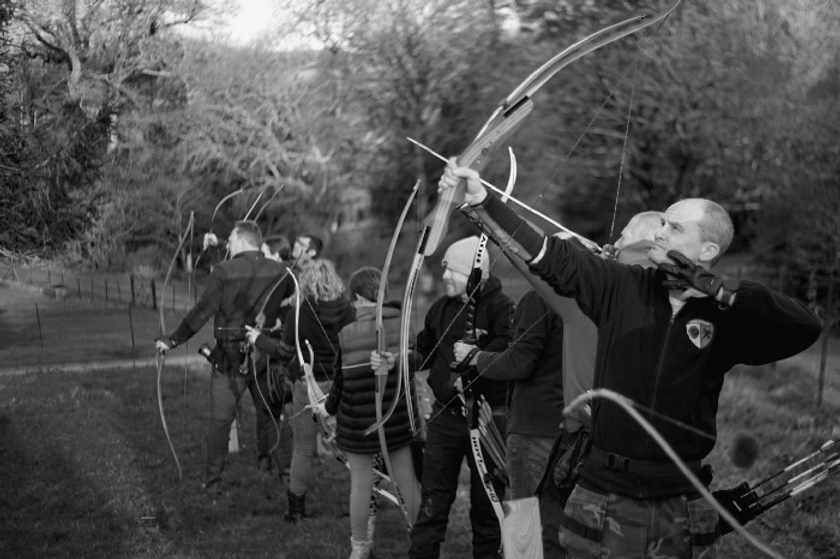
Imagine if archery were less about the simple act of flinging feathered shafts at bullseyes and more akin to joining a secret society where the handshake is replaced with a perfectly executed anchor point. This isn’t your run-of-the-mill weekend hobby; it’s a clandestine rendezvous with history, a mental duel against the self, all wrapped in the guise of a sport. Here, the bow becomes a time machine, each arrow a message sent across the ages, whispering secrets of mindfulness, discipline, and unity.
Think of archery as the chess of the athletic world, where physical prowess meets mental fortitude in a silent ballet. The archer, a philosopher in athletic shoes, embarks on a quest not just for points but for inner peace and communal harmony, turning each shot into a verse in the epic poem of human endeavor. It’s a sport that doesn’t shout but whispers, inviting those who listen to discover not just the thrill of hitting a target, but the joy of connecting with something larger than themselves.
Now, let’s dive into this ancient but ever-new world where the line between sport and art blurs, where every draw of the string is a meditation, and every release, a leap towards personal and communal transcendence. Welcome to the quietly exhilarating world of archery, a social game of excellence.
I. The Sociology Of Passion

In the sociological landscape of sports, archery emerges not just as a medium of physical engagement but as a profound social institution, reflecting and shaping human nature and the ethos of communities. From this viewpoint, archery transcends its physical boundaries, weaving into the fabric of societal and cultural constructs. It embodies a path that renews with each dawn, leading invariably to unique conclusions, thereby echoing the dynamic interplay between individuality and collectivism in the human condition. This discourse aims to unpack the social and cultural dimensions of archery, emphasizing its role in fostering empathy, mutual respect, and a deeper, morally enriched human interaction within its community.
- Archery as a Social Institution
Archery, like many sports, functions as a social institution, a construct that plays a crucial role in the transmission of cultural values, norms, and practices. It serves as an arena where social roles and relationships are defined, negotiated, and reinforced. The archery community, with its rituals, traditions, and shared experiences, becomes a microcosm of society at large, reflecting broader social dynamics and the inherent human need for belonging and identity.
- The Interpersonal Dynamics in Archery
The essence of archery’s social dimension lies not merely in the formalities of competition or the sharing of techniques but in the deeper, interpersonal dynamics it fosters among its practitioners. The sport necessitates a level of empathy and mutual respect that transcends the superficiality of casual social interaction. This empathetic engagement stems from a shared understanding of the discipline’s demands—both physical and mental—and a collective appreciation for the journey each archer undertakes. Such empathy facilitates a supportive environment that is pivotal in nurturing the moral and ethical growth of individuals within the community.
- Cultural Capital and Social Cohesion
Pierre Bourdieu’s concept of cultural capital can be instrumental in understanding how participation in archery contributes to an individual’s social identity and status within the community. The skills, knowledge, and even the etiquette learned through archery become a form of cultural capital—assets that individuals can leverage for recognition and social mobility within this microcosm. Moreover, the shared experiences and collective memory of the archery community contribute to social cohesion, reinforcing solidarity and a sense of belonging among its members.
- The Role of Archery in Moral and Ethical Development
The interaction within the archery community, characterized by empathy and mutual respect, serves as a crucible for moral and ethical development. It reflects Lawrence Kohlberg’s stages of moral development, particularly the higher levels that emphasize social contracts and universal ethical principles. In the context of archery, the respect for rules, fairness in competition, and the integrity of practice are not just about adherence to external regulations but about internalizing these principles as part of one’s moral compass.
- Archery and the Construction of Social Identity
The social element of archery plays a significant role in the construction of social identity. Erving Goffman’s theory of identity formation through social interaction is pertinent here, as archers continuously negotiate their identity through their engagement with the community. This interaction does not only define them as archers but also shapes their persona in the wider societal context, integrating values such as discipline, focus, and respect into their broader social identity.
- The Sociological Significance of Goodwill and Community Engagement
Goodwill and community engagement emerge as pivotal elements in the sociological landscape of archery. They embody the sport’s collective ethos, reinforcing the notion that success in archery—and, by extension, in life—is inextricably linked to the quality of one’s character and the depth of one’s engagement with the community. This perspective aligns with the communitarian philosophy, which posits that individual well-being is deeply rooted in the quality of social relationships and the health of the community.
- Archery as a Microcosm of Society
In the end, archery serves as a microcosm of society, a reflection of the human condition in its quest for meaning, connection, and self-betterment. The social and cultural dimensions of archery underscore the sport’s role in promoting a more empathetic, respectful, and morally grounded human interaction. In this light, archery does not just create better archers but cultivates better individuals—individuals who understand the intrinsic value of community, the importance of moral integrity, and the transformative power of mutual respect and empathy.
Thus, the path of archery, renewed daily and leading to diverse conclusions, stands as a testament to the sport’s profound impact on personal and social development. It highlights the indispensability of the social element, affirming that true mastery in archery—and, indeed, the true measure of success in life—lies not just in achieving personal milestones but in enriching the communal tapestry with goodwill, empathy, and a steadfast moral compass.
II. Reaching Towards Philosophy

The philosophy of archery extends far beyond the physical act of releasing an arrow towards a target; it is deeply intertwined with principles of mindfulness, discipline, and self-reflection, serving as a metaphor for life’s broader pursuits. This philosophy, rooted in ancient traditions, teaches essential life skills such as focus, patience, and the harmony of mind, body, and spirit.
- Mindfulness and Presence
One of the foundational elements of archery’s philosophy is mindfulness—the ability to be fully present in the moment. An archer must tune into the now, paying close attention to their stance, grip, breath, and the wind’s direction, among other variables. This intense focus on the present moment is a form of meditation that can quiet the mind and lead to a state of flow, where the archer and the bow become one. This practice of mindfulness fosters a deeper connection to one’s self and the surrounding world, encouraging a state of calmness and clarity that can benefit all areas of life.
- Discipline and Dedication
Archery requires a high level of discipline and dedication. Mastery does not happen overnight but is the result of consistent practice and a commitment to refining one’s technique. This aspect of archery teaches the value of hard work and perseverance, illustrating that progress is often incremental and that patience is key to achieving long-term goals. The disciplined approach to training and improvement in archery mirrors the dedication required to master any skill or overcome life’s challenges.
- Harmony of Mind, Body, and Spirit
Achieving excellence in archery requires a harmonious balance between mind, body, and spirit. The body must be trained to hold the bow correctly, draw smoothly, and release with precision. The mind must be clear and focused, free from distractions and self-doubt. The spirit must be engaged, allowing for a deep sense of connection to the activity itself and a joy in the pursuit of perfection. This unity of mind, body, and spirit is a central tenet of many Eastern philosophies and is reflective of the holistic approach to well-being that archery embodies.
- The Art of Letting Go
A unique aspect of archery’s philosophy is the art of letting go, both literally and metaphorically. The moment of releasing the arrow is critical—it requires not just physical release but also emotional and mental release. This act teaches the archer to let go of the need for control, to trust in their training and instincts, and to accept the outcome with grace. It mirrors the life lesson that despite our efforts and preparations, we must eventually release our endeavors into the world and accept the results, whatever they may be.
- Resilience and Overcoming Adversity
Archery teaches resilience and the ability to overcome adversity. Missed shots and failures are part of the journey, offering valuable lessons and opportunities for growth. The philosophy of archery encourages embracing these challenges, learning from them, and persisting in the face of difficulties. It emphasizes that failure is not the opposite of success but a stepping stone towards it.
- Reflection and Personal Growth
Finally, archery encourages reflection and personal growth. The solitary nature of the practice allows archers to reflect on their performance, their progress, and their personal journey. This introspection can lead to a deeper understanding of oneself, revealing strengths and areas for improvement. It encourages a mindset of continuous learning and growth, not just in the sport but in all aspects of life.
In essence, the philosophy of archery is a rich and multifaceted guide to living. It teaches the importance of focus, discipline, harmony, and resilience, encouraging individuals to approach life with mindfulness, patience, and an open heart. Through the lens of archery, we learn that the path to mastery in any endeavor is not just about achieving external goals but also about cultivating inner balance and peace.
III. The Games Of Wits

The “mind game” in archery is a crucial aspect that can often determine an archer’s success or failure, transcending the mere physical execution of shooting an arrow. This mental component encompasses the psychological challenges archers face, including managing stress, maintaining focus, and overcoming self-doubt. Mastering the mind game is about developing mental resilience and a positive mindset, essential for achieving consistency and excellence in the sport.
- Managing Stress and Pressure
Archery, especially in competitive settings, can induce significant stress and pressure. The anticipation of a shot, the expectation of performance, and the fear of failure can lead to anxiety, affecting an archer’s ability to focus and perform. Managing this stress involves techniques such as deep breathing, mindfulness, and visualization, helping archers remain calm and composed, enabling them to execute their shots with precision even under high-pressure situations.
- Maintaining Focus
Focus is paramount in archery. Distractions, whether internal thoughts or external factors, can easily derail an archer’s concentration, leading to poor performance. Training the mind to maintain focus involves exercises in mindfulness, where the archer learns to concentrate on the present moment and the task at hand, effectively ignoring irrelevant thoughts and stimuli. This skill is developed through consistent practice, both on and off the range, and is a critical element of the mind game.
Overcoming Self-Doubt
Self-doubt is a significant barrier many archers face, questioning their skills, techniques, or the possibility of achieving their goals. This negative self-talk can undermine confidence, leading to hesitation and mistakes. Combatting self-doubt requires building self-confidence through positive affirmation, setting realistic goals, and focusing on past successes. Acknowledging and learning from failures, rather than dwelling on them, also helps in maintaining a positive outlook.
- Visualization Techniques
Visualization is a powerful tool in the archer’s mental arsenal. It involves mentally rehearsing a shot or a sequence of actions, imagining the process and the desired outcome in detail. This mental practice helps improve muscle memory and prepares the mind for actual performance, enhancing confidence and reducing anxiety. Visualization can be practiced anywhere, making it a versatile technique for strengthening the mental aspects of archery.
- Building Mental Resilience
Mental resilience is the ability to bounce back from setbacks and continue to pursue goals with determination. In archery, this means not letting a bad shot or a poor performance define one’s ability or potential. Developing resilience involves adopting a growth mindset, viewing challenges as opportunities to learn and improve rather than insurmountable obstacles. It also means maintaining a balance between serious competition and the joy of the sport, remembering why one started archery in the first place.
- Emotional Control
The ability to control emotions, particularly after a disappointing performance or under the stress of competition, is vital. Emotional control helps in maintaining a clear head, allowing for objective analysis of one’s performance and the ability to adjust strategies without being clouded by frustration or anger. Techniques such as journaling, meditation, and strategic timeouts during practice or competition can aid in achieving better emotional control.
Mastering the mind game in archery is as crucial as perfecting the physical aspects of the sport. It requires a holistic approach that integrates mental training into regular practice routines, ensuring that archers are prepared not only to face the physical challenges of the sport but the psychological ones as well. By developing skills in stress management, focus, overcoming self-doubt, visualization, resilience, and emotional control, archers can enhance their performance, enjoy the sport more fully, and achieve their personal and competitive goals.
IV. Training Regimes and Accessibility

Archery stands out as a sport with a unique appeal, accessible to individuals across all ages, genders, and physical abilities. Its inclusivity is a testament to the adaptability of its training regimes, which can be tailored to meet the varied needs and capabilities of archers, from the young enthusiast to the seasoned veteran. Central to archery’s practice is the emphasis on training regimes and repetition, elements that are vital for skill acquisition and refinement, yet flexible enough to accommodate the diversity within its community.
- Tailoring Training Regimes
Training in archery does not demand the rigorous physical conditioning required in many other sports, making it an attractive option for people seeking a less physically demanding discipline. For younger players, training can be designed to introduce the fundamentals of archery—such as stance, grip, and draw—in a playful and engaging manner, emphasizing enjoyment and the development of basic motor skills. As these young archers grow, the training can gradually increase in complexity, introducing more nuanced aspects of technique and mental focus, always paced to match their developmental stage.
For older archers, the training regime can be adjusted to focus on maintaining or improving flexibility, coordination, and mental acuity, with a greater emphasis on technique rather than physical strength. Special attention might be given to preventing strain or injury, incorporating exercises that enhance stability, balance, and core strength, which are crucial for effective archery but do not require intense physical exertion.
- The Role of Repetition
Repetition is the cornerstone of mastery in archery, allowing archers to develop and refine their skills through continuous practice. This principle holds true for archers of all ages and abilities. Through repetition, the movements and techniques involved in drawing the bow, aiming, and releasing the arrow become ingrained, leading to improved accuracy and consistency. Repetitive practice also enhances mental focus and discipline, qualities that are as important as physical skill in achieving success in archery.
The beauty of repetition in archery lies in its adaptability. For younger or physically less able archers, repetitions might be performed with lighter bows or through deploying elastic band (without the need for a bow and arrow) to build technique without strain. For more experienced or physically capable archers, repetition might involve longer practice sessions with a focus on fine-tuning technique and increasing endurance.
- Inclusivity and Accessibility
One of the most compelling aspects of archery is its inclusivity. Equipment can be customized to fit the needs of any archer, from bows with lighter draw weights to adaptive aids for those with physical limitations. This customization ensures that archery remains accessible and enjoyable for everyone, regardless of age, gender, or physical ability.
Moreover, the sport’s emphasis on technique over physical prowess means that success in archery is not exclusively the domain of the young or physically strong. Archers can compete and excel at various levels, with many finding that their skills improve with age, as experience, patience, and strategic thinking become more pronounced.
Archery’s unique appeal lies in its accessibility and the personalized nature of its training regimes. It is a sport where repetition is key to mastery, yet the practice of those repetitions can be adapted to meet the needs and goals of each individual archer. Whether young or old, physically strong or facing limitations, every archer can find their path within the sport. With dedication to constant training and a focus on repetition, archers of all backgrounds can achieve proficiency and even excellence, underscoring the inclusive spirit that makes archery a beloved discipline worldwide. This universal accessibility ensures that everyone, regardless of their starting point, can embark on a fulfilling journey toward mastery in the art of archery.
V. Strife Against Oneself

Overcoming physical and mental obstacles is a significant aspect of archery, as in any sport or discipline that requires both physical precision and mental clarity. These challenges can range from dealing with injuries and physical limitations to overcoming anxiety, self-doubt, and the mental pressure of competition. Addressing these obstacles effectively is crucial for personal growth, improved performance, and a fulfilling experience in archery.
- Overcoming Physical Obstacles
Physical challenges in archery include dealing with injuries, managing fatigue, and adjusting to physical limitations. A well-rounded approach to overcoming these obstacles includes:
Preventive Measures: Regular physical conditioning, proper warm-up and cool-down routines, and using equipment that is correctly fitted can prevent many common archery injuries, such as muscle strains or tendinitis.
Rehabilitation and Rest: When injuries occur, it’s crucial to give the body time to heal, accompanied by appropriate medical treatment and rehabilitation exercises. Ignoring injuries or rushing the recovery process can lead to more severe problems down the line.
Adaptation: Archers with physical limitations can adapt their technique or equipment to accommodate their needs. This might include using aids for drawing the bow, adjusting the grip, or employing alternative shooting styles that are more comfortable yet effective.
- Overcoming Mental Obstacles
Mental obstacles in archery, such as performance anxiety, lack of concentration, and negative self-talk, can be as challenging as physical barriers. Techniques to overcome these include:
Mindfulness and Meditation: These practices can enhance focus, reduce stress, and improve the ability to stay present, helping archers to ignore distractions and concentrate on their technique.
Visualization: Imagining oneself successfully performing an action can build confidence and reduce performance anxiety. This mental rehearsal helps prepare the archer for the physical act of shooting.
Goal Setting: Setting realistic, achievable goals can provide a sense of direction and motivation. It’s important to focus on process-oriented goals (such as improving technique) rather than outcome-oriented goals (such as winning a competition) to reduce pressure and enhance enjoyment.
Emotional Regulation: Learning to manage emotions, especially after a disappointing shot or performance, is crucial. Techniques such as deep breathing, positive self-talk, and maintaining a balanced perspective on competition and performance can aid in emotional regulation.
- Balancing Physical and Mental Health
Achieving a balance between physical and mental well-being is essential for overcoming obstacles in archery. This balance involves:
Regular Physical Activity: Exercise outside of archery practice can improve overall physical health, enhance mental well-being, and reduce stress.
Nutrition and Hydration: A balanced diet and adequate hydration support physical performance and cognitive function, impacting both physical and mental capabilities.
Adequate Rest: Sufficient sleep and rest are crucial for physical recovery, mental clarity, and emotional stability. Rest also plays a key role in learning and memory consolidation, which is vital for skill acquisition in archery.
- Seeking Support
Overcoming obstacles often requires seeking support from coaches, peers, or mental health professionals. Coaches can provide technical advice and motivational support, peers can offer camaraderie and shared learning experiences, and mental health professionals can help address deeper psychological challenges that may be affecting performance.
Overcoming physical and mental obstacles in archery demands a comprehensive approach that includes preventive care, proper technique, mental training, and seeking support when needed. By addressing these challenges head-on, archers can not only improve their performance but also enhance their enjoyment of the sport, embodying the resilience and focus that archery seeks to cultivate.
VI. The Journey For The Journey’s Sake

The journey to mastery in archery, much like in any discipline, is a complex and deeply personal process that extends beyond the mere acquisition of skills and techniques. It encompasses a holistic development of the individual, involving physical, mental, emotional, and sometimes spiritual growth. This journey is marked by milestones of personal achievement, moments of challenge, and periods of reflection and learning.
- Understanding Mastery
Mastery in archery is not solely about hitting the center of the target consistently but achieving a deep understanding and connection with the art and sport of archery. It involves a harmonious blend of technical skill, mental discipline, and an intuitive understanding of the bow and arrow as extensions of the self. Achieving mastery means embodying the principles of archery in every aspect of one’s practice and life.
- The Physical Journey
The physical aspect of the journey involves developing the strength, flexibility, and stamina required to perform archery with grace and efficiency. This includes mastering the fundamentals of stance, grip, draw, aim, and release, through countless hours of practice. Over time, these actions become second nature, allowing the archer to focus on finer adjustments and subtleties in technique.
- The Mental Journey
Mentally, the journey to mastery in archery is about cultivating focus, patience, and resilience. Archers learn to control their thoughts and emotions, channeling their mental energy towards achieving a state of flow in their practice. This involves overcoming self-doubt, managing performance anxiety, and learning from failures without letting them define one’s self-worth.
- The Emotional and Spiritual Journey
For many, archery becomes a path to emotional and spiritual growth. The discipline required in archery, along with the solitude and silence it often involves, offers a space for introspection and self-discovery. The repetitive nature of practice can serve as a form of moving meditation, facilitating a deeper connection with one’s inner self and the surrounding world.
- Overcoming Challenges
The journey to mastery is punctuated with challenges and obstacles that test the archer’s resolve, adaptability, and commitment. Physical injuries, plateaus in improvement, and mental blocks are common. Overcoming these challenges requires a holistic approach, integrating physical training, mental conditioning, and sometimes, a reevaluation of one’s goals and motivations.
- Lifelong Learning
Mastery in archery is not a final destination but a continuous journey of learning and growth. Even the most skilled archers find aspects of their craft that can be refined or new techniques to explore. This openness to lifelong learning keeps the journey to mastery dynamic and rewarding.
- The Role of Community
The journey is also supported by the community of archers and mentors. Learning from others, sharing experiences, and contributing to the growth of others enrich the personal journey to mastery. The archery community offers a sense of belonging and support, celebrating individual achievements and offering encouragement through challenges.
- Personal Reflection and Growth
Ultimately, the journey to mastery in archery is a mirror for personal reflection and growth. It challenges individuals to set goals, persevere through difficulties, and celebrate achievements, however small they may be. The discipline, focus, and patience developed through archery can influence other areas of life, contributing to a more balanced and fulfilling existence.
The journey to mastery in archery is a multifaceted process that transcends the technical aspects of the sport. It is a deeply personal journey that reflects the archer’s growth and development, marked by continuous learning, overcoming challenges, and a deepening connection with oneself and the world. Through this journey, archery becomes more than a sport or hobby; it becomes a path to self-mastery and personal fulfillment.
As we draw the string back on our exploration of archery as a social game par excellence, let us pause for a moment and consider the tale of Sir Archibald Aimtrue, a somewhat mythical, yet undeniably legendary figure in the annals of archery lore. Sir Archibald, known in his hamlet not just for his unerring accuracy with the bow but also for his unparalleled ability to misplace his spectacles, discovered one balmy afternoon that archery, much like life, is full of unexpected twists and serendipitous turns.
During the grand tournament of Upper Lower Hogsmeade, Sir Archibald, having misplaced his spectacles yet again, mistook the judge’s brightly colored hat for the bullseye. With a confident flourish, he let his arrow fly, not only snatching the hat from atop the judge’s head but also unwittingly freeing the village from the tyranny of the most atrocious fashion faux pas ever to befall it. The crowd erupted in cheers, not for Aimtrue’s archery prowess, but for his accidental service to the collective aesthetic of Upper Lower Hogsmeade.
This whimsical turn of events brought forth an unexpected moral, one that Sir Archibald Aimtrue and the villagers held dear henceforth: In archery, as in life, sometimes the most off-target shot can yield the most rewarding outcomes. It’s not merely about the bullseyes we hit but the unexpected journeys our arrows embark upon and the communal tales of triumph, laughter, and the occasional sartorial rescue that ensue.
So, dear reader, as you string your bow and take aim at the targets in your life, remember the legend of Sir Archibald Aimtrue. May your arrows fly true, but more importantly, may they weave a story worth telling, filled with unexpected delights, shared laughter, and perhaps, a lesson or two in fashion. For in the end, archery, much like life, is not just about the precision of the shot, but the joy and camaraderie found in the stories we create together. Aim true, but remember, sometimes the best shot is the one you never saw coming.




